“Do you like green eggs and ham?”
Some have called the iconic Dr. Seuss children’s book “Green Eggs and Ham” the world’s best sales manual — and its use of persistence, doggedness, and the assumptive close is not lost on the White House. It is about a relentless little fellow named Sam, (“Sam-I-Am”) who peddles green eggs and green ham to a main character who has no interest in consuming them. “I do not like them Sam-I-Am,” says the nameless protagonist.
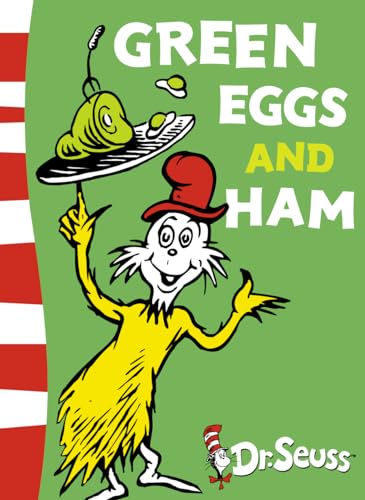
Alas, Sam is insistent and hounds his beleaguered friend begging him to try the unappetizing combo in a variety of different places and scenarios … in a house, in a box, with a mouse, with a fox, with a car, in a tree, on a train, in the dark, in the rain, with a goat, and on a boat.
The shaggy, top-hatted narrator is adamant, however, “I do not like green eggs and ham. I do not like them anywhere!”
In the current economy, eggs and ham have become very green, indeed. Yahoo Finance states that “eggs represent morning, rebirth, and the continuity of life.” And their skyrocketing price is the embodiment of consumer “sacrifice” since they’re used in countless American meals, foods, and baked goods.[1]
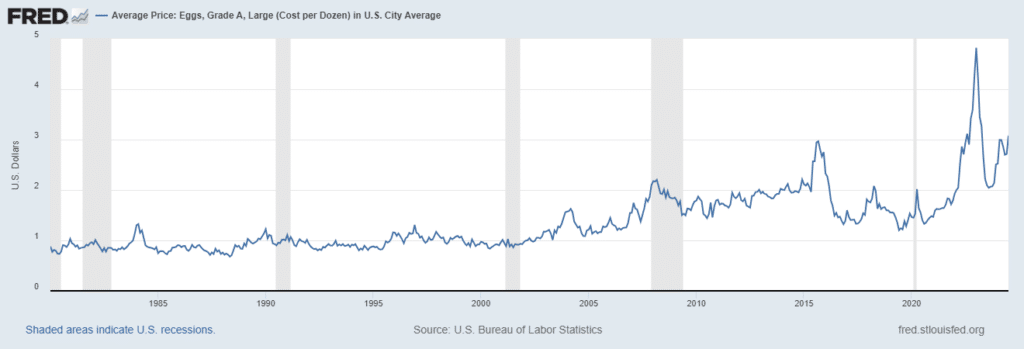
According to data from the Federal Reserve Bank of St. Louis, egg prices were about $1.35/dozen back in August of 2020. Prices rose as high as $4.82/dozen in January of this year before dropping to $3.08/dozen in July.
While the Biden-Harris administration has been quick to tout the 36% drop in egg prices from their January highs, it fails to point out that eggs are still 128% higher than they were in 2020.
The price of ham has also risen dramatically. Historical data from the Bureau of Labor Statistics indicates that ham prices are up 9.6% just since last year.[2] Likewise, the price of pork chops and bacon are up 8.3% and 3.5%, respectively since July of 2023.
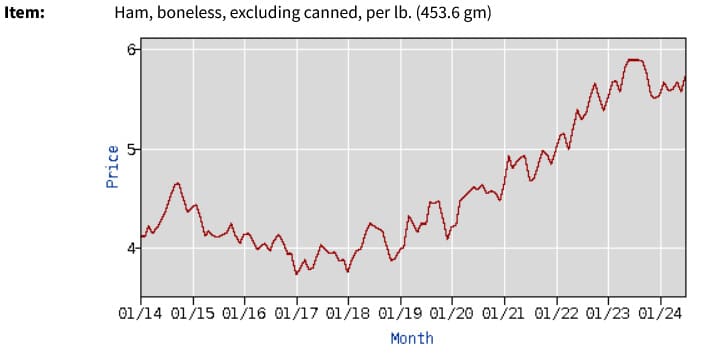
Despite the administration’s attempts to justify and qualify the high-price of eggs and ham, U.S. consumers are feeling the pain.
“For the third year in a row, the percentage of Americans naming inflation or the high cost of living as the most important financial problem facing their family has reached a new high. The 41% naming the issue this year is up slightly from 35% a year ago and 32% in 2022. Before 2022, the highest percentage mentioning inflation was 18% in 2008.”[3]
The current inflation rate is 2.9%, (which is the annual inflation rate for the 12 months ending July 2024), but prices are still more than 20% higher than before the pandemic and according to BankRate “just 6% of the nearly 400 items that the Bureau of Labor Statistics tracks are cheaper today.”[4]
“Would you like them here or there?” Much like Sam-I-am, the administration continues to serve up inflation data in different forms and different contexts to convince us that prices have come down, and we should feel good about it. “No president’s had the run we’ve had in terms of creating jobs and bringing down inflation. It was 9% percent when I came to office, 9%,” Biden recently stated.
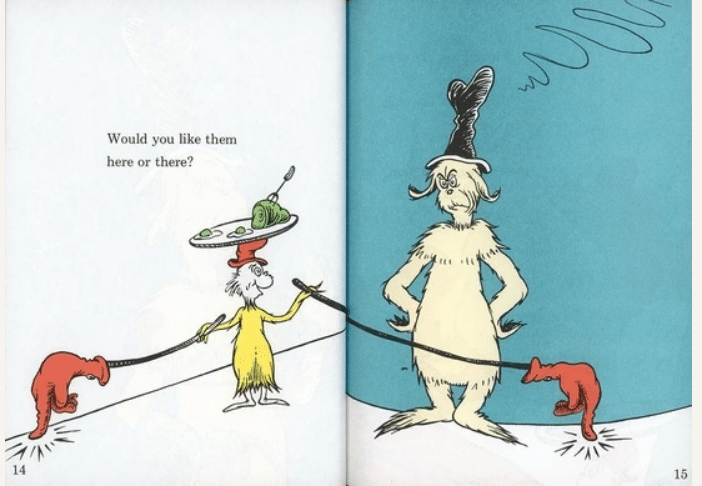
The inflation rate when Biden was inaugurated in January of 2021 was actually 1.4%. It hit 9% in June of 2022 after Biden and Harris has been in office for more than 16 months.
The official White House website further claims:
“Bidenomics is already delivering for the American people. Our economy has added more than 13 million jobs—including nearly 800,000 manufacturing jobs—and we’ve unleashed a manufacturing and clean energy boom … America has seen the strongest growth since the pandemic of any leading economy in the world. Inflation has fallen for 11 straight months and has come down by more than half. And we have done it all while responsibly reducing the deficit.”[5]
“Would you eat them in a box? Would you eat them with a fox? On August 21, 2024 the Labor Department issued revised jobs figures for the 12 months through March of 2024 showing that the US economy added 818,000 fewer jobs than originally reported.
“The U.S. Bureau of Labor Statistics on Wednesday revised down its estimate of total employment in March 2024 by 818,000, the largest such downgrade in 15 years. That effectively means there were 818,000 fewer job gains than first believed from April 2023 through March 2024.”[6]
According to the Congressional Budget Office’s June report, the deficit projection for 2024 is actually 27% larger than the agency’s February projection and the cumulative deficit from 2025-2034 is projected to increase by 10% or $2.1 trillion. The largest increase was attributed to legislation providing aid to Ukraine, Israel, and other countries in the Indo-Pacific region.[7]
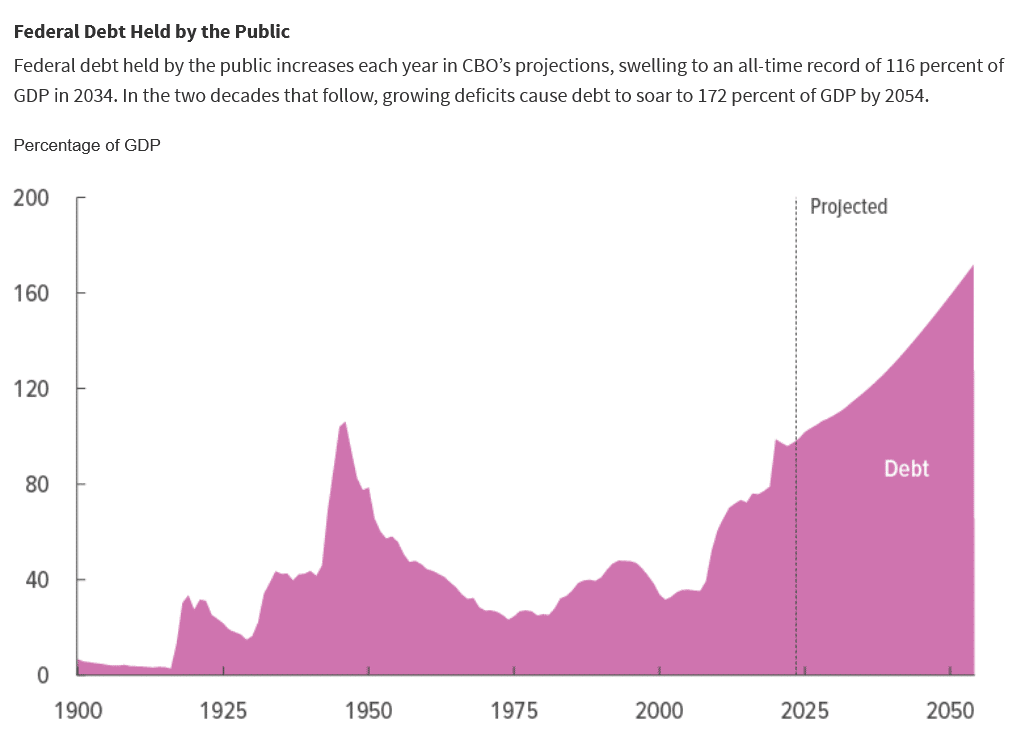
In order to finance deficits, the government must borrow and the projected federal debt according to the CBO explodes through 2050.
“You do not like them. So, you say. Try them! Try them! And you may. Taking a page from Sam-I-Am’s playbook, the Biden-Harris administration believes that if they say that things are getting better often enough and push high-priced “green eggs and ham” at us hard enough, we’ll eventually accept it. And as everyday Americans scrape to pay bills, the White House dismisses their misery as being misinformed and being unable to grasp the true state of the economy. According to Liz Peek of The Hill, this is downright offensive:
“Being told repeatedly that everything is great, when you can’t make ends meet, is deeply unsettling. It’s also insulting — the corollary implication is that you just don’t understand your own situation.”[8]
To justify the high price of eggs and ham, the White House is actively recalibrating price data and rewriting economic history. And their hope is, as in the case of Sam-I-Am, that U.S. consumers will finally relent, “Sam, if you will let me be, I will try them. You will see!”
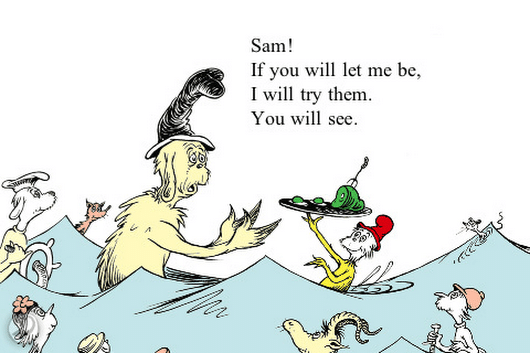
But Americans give the administration low marks on the economy and continue to worry about inflation, the value of the dollar, Wall Street volatility, and their retirement accounts.
And in an environment of high prices and economic uncertainty, they’re doing something else. They’re buying gold. Gold has risen almost 30% in 2024, 10% higher than a dozen “green” eggs and more than 27% higher than a pound of “green” ham.
According to a recent Gallup poll, Americans now list real estate and gold as the best long-term investments, and real estate is quickly losing ground to the yellow metal.
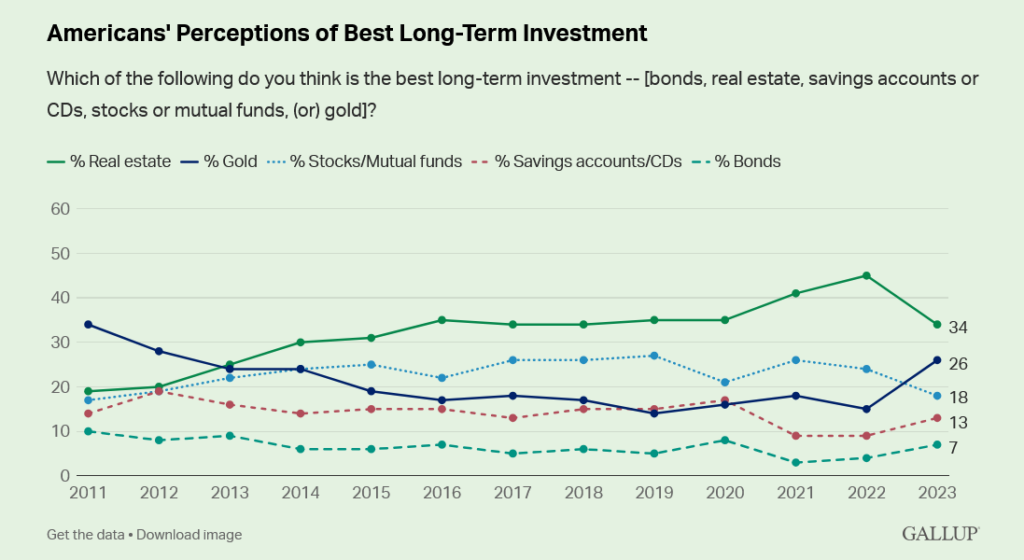
“The 34% of Americans choosing real estate this year is down sharply from last year’s record-high 45% … before housing prices skyrocketed during the pandemic. Higher interest rates over the past year have cooled the housing market, dampening consumer exuberance about real estate as an investment. Meanwhile, the perception that gold is best has nearly doubled, rising from 15% in 2022 to 26% today.”
Despite its historically high price, the 2024 Q1 Demand Trends from The World Gold Council indicate that central banks continue to buy gold at a brisk pace. This combined with robust over-the-counter buying by investors pushed gold demand up 3% year-over-year. [9]
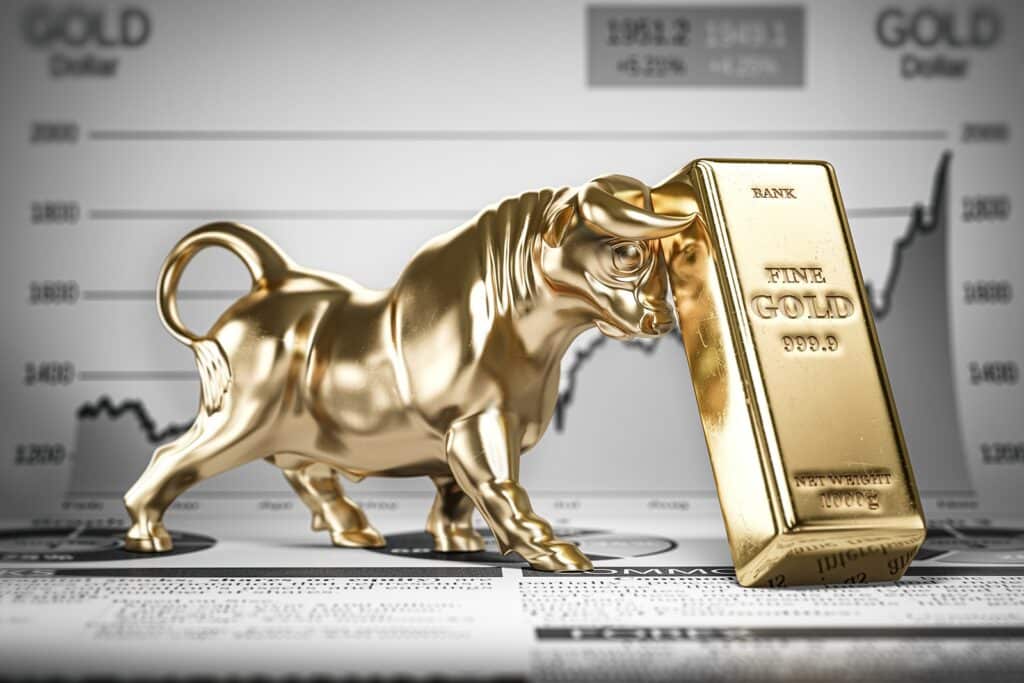
And as the precious metal hovers near a record $2530/oz, Bank of America strategist Michael Hartnett urges Americans to “do what central banks are doing” and buy more gold — since it is now the only asset outperforming tech shares.[10]
Gold offers portfolio diversification and protection from Wall Street’s wild price swings along with the security of a physical asset with intrinsic and universal value. And as we head into an uncertain election season, rising recession fears, and exploding geopolitical tensions across the globe — it has become the safe haven of choice for 2024.
Sam-I-am relentlessly pushed “green eggs and ham” more than a dozen times in the Dr. Seuss classic. The White House has been pushing them for three and a half years. But the 36 million Americans who own gold, don’t have to be pushed at all. They understand gold’s long history as a symbol of wealth and royalty —and its role as a monetary standard and a timeless store of value.
[1] https://finance.yahoo.com/news/egg-prices-nearly-doubled-since-171357774.html
[2] https://www.bls.gov/regions/mid-atlantic/data/averageretailfoodandenergyprices_usandmidwest_table.htm
[3] https://news.gallup.com/poll/644690/americans-continue-name-inflation-top-financial-problem.aspx
[4] https://www.bankrate.com/banking/federal-reserve/latest-inflation-statistics/
[5] https://www.whitehouse.gov/briefing-room/statements-releases/2023/06/28/bidenomics-is-working-the-presidents-plan-grows-the-economy-from-the-middle-out-and-bottom-up-not-the-top-down/
[6] https://www.usatoday.com/story/money/2024/08/21/jobs-report-revision-growth-lower/74886965007/
[7] https://www.cbo.gov/publication/60039
[8] https://thehill.com/opinion/finance/4682020-thehill-com-opinion-finance-4682020-biden-economy-inflation-jobs-cost-of-living-spin-machine/
[9] https://www.gold.org/goldhub/research/gold-demand-trends/gold-demand-trends-q1-2024
[10] https://markets.businessinsider.com/news/commodities/gold-price-prediction-buy-record-highs-central-banks-pile-in-2024-8


